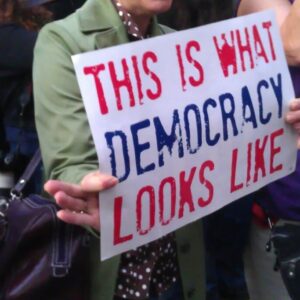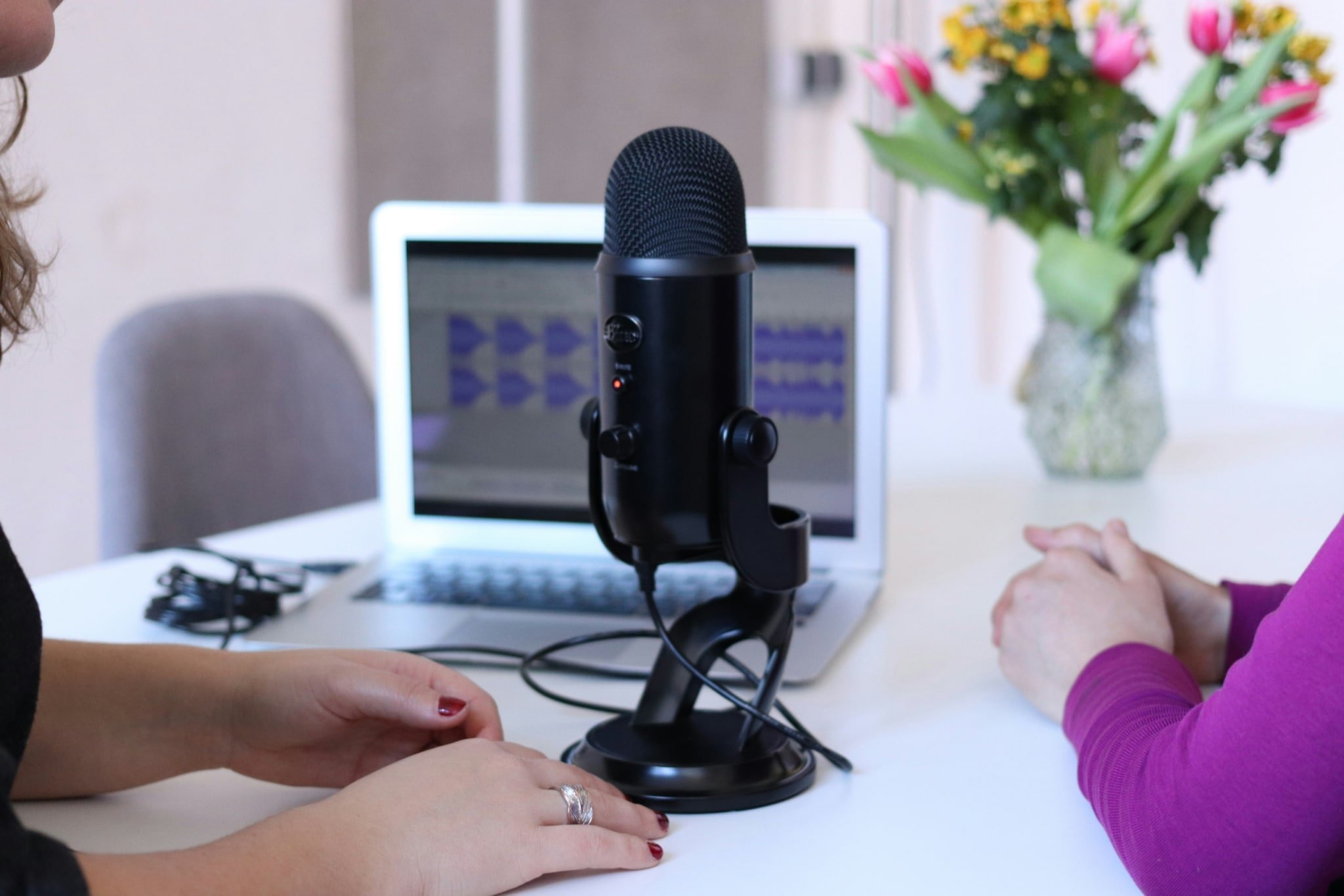
Welcome back to Ask a Nonprofit Expert, NPQ’s advice column for nonprofit readers, by civic leaders who have built thriving, equitable organizations.
This series offers Leading Edge members a new benefit: the opportunity to submit tough challenges anonymously and get personalized advice. In this column, we’ll publish answers to common questions to strengthen our entire community’s capacity.
In today’s issue, organizational leadership consultant Nick Takamine answers a reader’s question about balancing power dynamics in strategic planning and decision-making.
Stuck on a problem? Submit your question here.
Dear Ask a Nonprofit Expert,
I’d like to learn more about how to design for stakeholder collaboration in strategic planning. How can we avoid bias toward the voices of those with positional authority, instead of the voices of beneficiaries and staff? How can we build a strategy that is not skewed by power dynamics?
—Conscientious About Power
Dear Conscientious About Power,
You’re naming such an active tension in our sector right now. We know the stakeholders impacted by a strategy should have appropriate power to shape it, but it’s far from clear how to do that when privilege and positional authority aren’t evenly distributed.
The thing is, power dynamics themselves aren’t the problem. It’s that Western society teaches us that power belongs only to dominant groups, when in fact there are many layers and forms of power. There is also power that resides within each individual, and power we wield when we move together even amidst difference. The key is to activate these other forms of power in strategic planning.
Power Within: Holding Space for True Agency
Every person possesses an inner flame of agency and internal sovereignty—a power within. It represents our ability to perceive, think, and act from a place of reflection, internal coherence, and grounding in self. It grows when we find internal harmony and a sense of self-worth. It falters when we default to unexamined societal conditioning or become dysregulated.
While you’re not responsible for the internal work by others to harmonize their internal systems, you can design processes that hold caring space to nurture their power within. In designing a strategic planning process, your task is to give each person’s inner flame of agency room to breathe. When that’s the case, people are more likely to show up authentically in the process.
Here are some approaches you might consider to nurture power within:
- Design for presence and grounding: Design your environment Incorporate somatic exercises, including breathwork and conscious movement.
- Maintain epistemic humility: Recognize that knowledge comes from lived experience, culture, and intuition, not just from data or formal education. Design for a diversity of learning, processing, and communication styles.
- Attend to the emotional layer: Create brave spaces and liberated zones where people feel safe to be authentic. Support people to process emotions surrounding organizational change, so they can lean more fully into co-creating the future.
Power With: Co-Creating Alignment amid Difference
When we combine our individual flames in the act of co-creation, we wield a power with one another that is not accessible under command and control. The key is to navigate the tension of divergent perspectives without reverting to top-down mandates when things get tough or time runs short.
To exercise power with in strategic planning, consider the following approaches:
- Seek right relationship: Ensure exchange and reciprocity, not extraction. Acknowledge and attend to harm. Engage in conversation, not just communication. Move at the pace of trust.
- Engage tension: The path to alignment runs through difference and tension. Don’t automatically relegate tension to the “parking lot.” Instead, turn toward each other and lean into generative conflict.
- Use principled decision-making: Power with is not about reaching consensus; it’s about reaching coherence amidst difference. Sometimes, consent-based decision-making will be appropriate. Other times, it will be appropriate for decision-making to be shaped by positional authority. The key is to ensure that you design thoughtfully for stakeholders to have appropriate power to shape the outcomes at the stages of sense-making, option-framing, and decision. To avoid paralysis, understand that decisions aren’t about certainty; rather, think of them more like agreements about shared intent, requiring stakeholders to stay in relationship with one another to maintain alignment as the future unfolds.
Building the Future
I hope these principles and resources help you and your team move beyond discomfort with power in strategic planning. If, instead, you can honor the differentiated power of all stakeholders, your process will take an important step toward justice.
And I’d love to hear how you do it, as you’re sure to come out with wisdom to share. In fact, NPQ is looking to uplift the stories of how people like you are building a more just workplace. I hope you add your voice to the conversation. It’ll strengthen the power we wield together.
In purpose,
Nick














